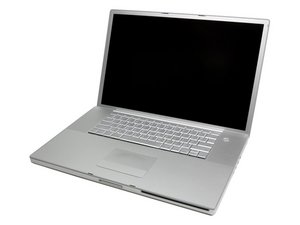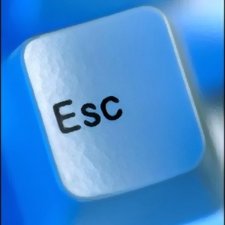Hidden files are visible on hard drive
Got in a 17" 2.16 MBP. stock 120 GB hard drive. The hidden files (invisible files) are all showing when I open the hard drive. Booted from a 10.6 disk, ran Disk Utilities with no hard drive problems and repaired permissions. Updated software to 10.6.3. I've forgotten how to turn the visibility of the hidden files on and off. Anyone remember how? Thanks


 3.4千
3.4千  1.1千
1.1千  2.6千
2.6千 
